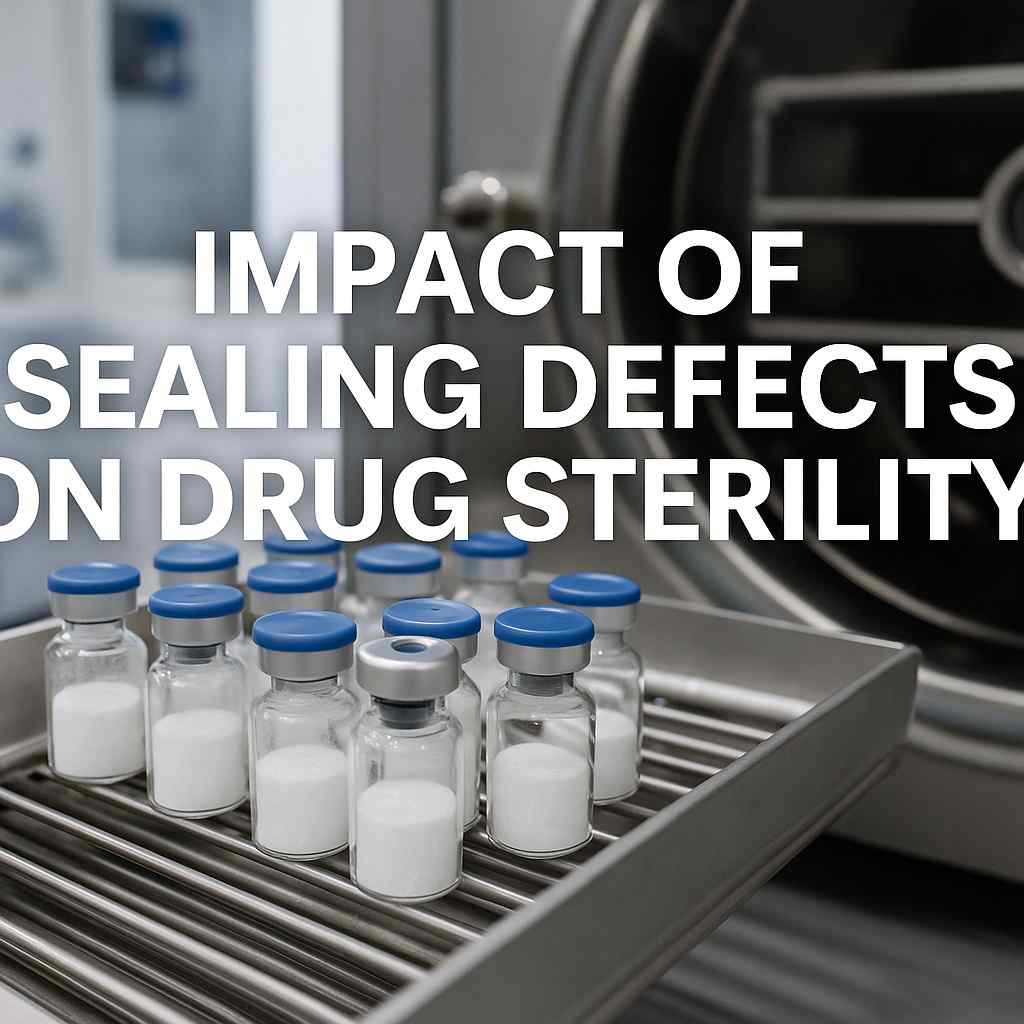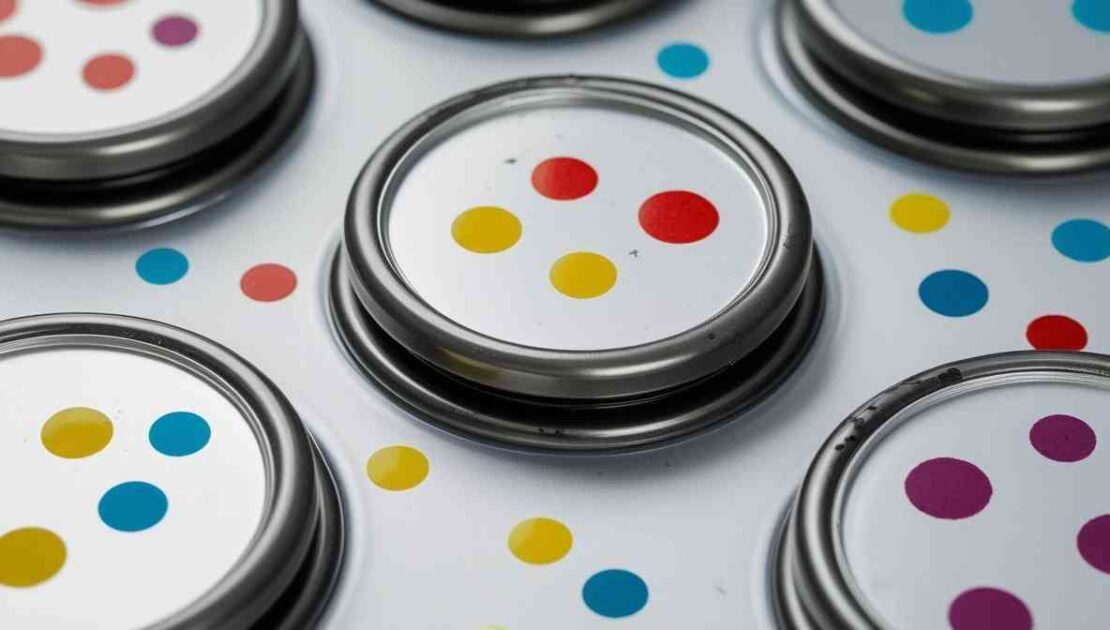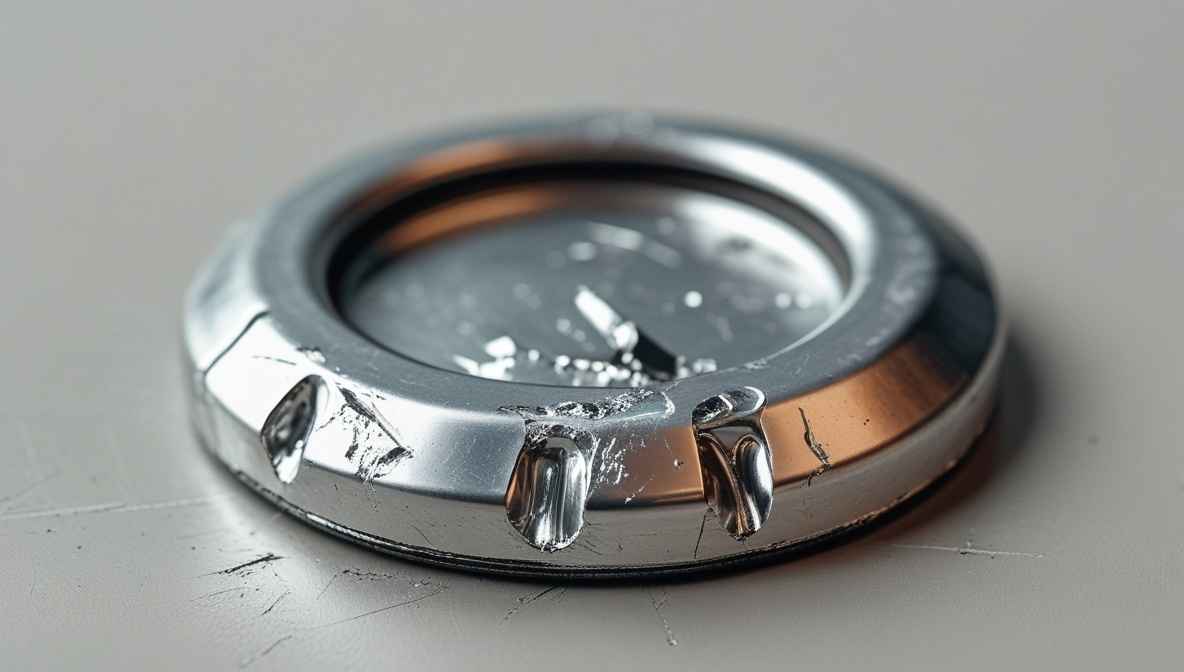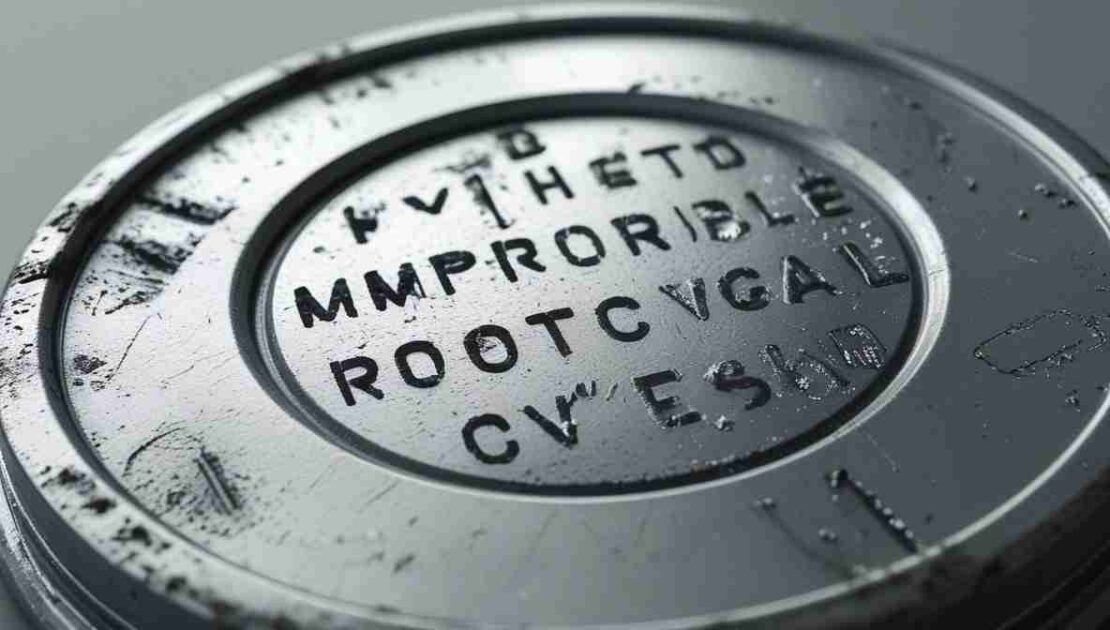In pharmaceutical manufacturing, the impact of sealing defects on drug sterility cannot be overstated. Ensuring product sterility is the cornerstone of injectable drug safety. However, even the most well-executed freeze-drying process can be compromised by improper vial sealing. A seemingly minor defect in sealing can result in microbial contamination, rendering the product ineffective—or worse, harmful to the patient.
While freeze-drying (lyophilization) protects heat-sensitive drugs and ensures long shelf life, its benefits can be nullified if the sealing process is flawed. Unfortunately, this issue often goes unnoticed until post-distribution testing, leading to recalls, regulatory penalties, and serious health risks.
Let’s explore how sealing defects directly affect sterility, the types of sealing failures encountered, and how to detect and prevent them.
Table of Contents
ToggleWhy Sealing Integrity Matters in Sterile Drug Manufacturing
Drug sterility is a non-negotiable requirement in parenteral products. Vials sealed improperly can act as open invitations for environmental contaminants. Even a microchannel or partial crimping can allow microbial ingress. These pathways are often invisible to the naked eye but pose significant risks in terms of drug safety, especially when stored over time.
Sealing issues can occur due to several reasons:
- Improper stopper positioning
- Inconsistent crimping force
- Particulate contamination between the stopper and vial
- Worn or damaged sealing tools
Such sealing errors may also lead to vial appearance defects, which you can explore in this complete guide on lyophilization defects.
Types of Sealing Defects in Pharmaceutical Vials
Proper sealing of pharmaceutical vials is essential to maintain sterility, prevent contamination, and ensure compliance with quality standards. The following are common sealing defects observed during visual inspection of lyophilized or injectable drug products:
Not all sealing defects are visible or catastrophic, but all have the potential to compromise sterility. Common sealing issues include:
Micro-leaks: Undetectable without helium leak or dye ingress testing.
Cockled stoppers: Deformed or poorly seated stoppers due to improper insertion.
Misaligned aluminum crimp seals: Which fail to apply uniform pressure across the stopper surface.
Glass breakage during sealing: Creating invisible cracks that allow contamination.
Dots on Seal
Small colored dots or marks appear on the surface of the aluminum seal. These may result from contact with colored equipment parts, ink contamination, or foreign particles during processing. While often cosmetic, such marks may raise concerns regarding the integrity or cleanliness of the sealing environment.
Dented Seal
The aluminum seal exhibits visible dents or depressions. These can be caused by excessive mechanical pressure during sealing or mishandling during packaging and transport. Dented seals may affect the uniformity of the crimp and pose sterility risks.
Improper Coding on Seal
The printed code on the aluminum seal is either illegible, incomplete, or entirely missing. Proper coding is critical for batch traceability and regulatory compliance. An unclear or missing code can lead to product rejection, especially in GMP environments.
Improper Crimping
The aluminum seal is not crimped evenly or securely around the vial neck. This may result in a loose fit or gaps between the stopper and the vial, compromising the seal integrity and potentially allowing microbial ingress.
Wavy Seal Appearance (Seal Rejection)
The crimped seal displays an irregular, “wavy” border, rather than a smooth and even finish. This defect usually indicates issues with the crimping tool alignment or pressure setting. A wavy appearance is not only visually unappealing but can also signal incomplete sealing.
Loose Flip-Off Cap
The flip-off plastic cap on the vial is loosely attached or easily detached without resistance. This condition suggests improper assembly or cap deformation. Loose flip-off caps reduce product security and can raise tampering concerns.
Missing Flip-Off Cap (Without Flip-Off)
The vial is entirely missing its flip-off cap. This is considered a critical defect, as it indicates the product may have been tampered with or improperly handled. It also increases the risk of contamination prior to administration.
✅ Why Addressing These Sealing Defects is Crucial
These defects not only compromise the visual quality of the product but also pose serious risks to drug sterility, patient safety, and regulatory compliance. Implementing regular quality checks, equipment maintenance, and operator training can significantly reduce the occurrence of these issues.
For further reading on how sealing issues relate to overall product integrity, you may refer to the following helpful guides:
These are considered critical defects. To better understand defect classification, you can refer to this comprehensive guide on lyophilized product defects.
✅ Summary Sealing defects in pharmaceutical vials can critically affect product quality and sterility. Common issues include colored dots on seals (indicative of contamination), dented or damaged aluminum seals, and illegible or missing coding, which impact traceability. Improper crimping and wavy seal borders suggest mechanical faults during sealing, potentially compromising closure integrity. Additionally, the presence of a loose or missing flip-off cap raises concerns about product security and sterility, making these vials unacceptable for distribution.
Detection and Validation of Seal Integrity
Seal integrity testing is essential in quality assurance and regulatory compliance. Several methodologies are used to detect sealing issues:
- Helium Leak Detection
- Vacuum Decay Testing
- High Voltage Leak Detection (HVLD)
- Dye Penetration Tests
While each method has its merits, using a combination increases detection sensitivity. Learn more about batch inspection and quality control in this freeze dryer inspection checklist.
How Sealing Defects Affect Product Stability and Efficacy
Beyond sterility loss, sealing defects can lead to:
- Moisture ingress, degrading the lyophilized cake.
- Altered dose potency, causing under- or overdosing.
- Shelf-life reduction, affecting long-term efficacy.
- Increased oxygen exposure, compromising drug stability.
The ripple effect of such damage can be seen in dose variation cases in freeze-dried pharmaceuticals, where sealing plays a crucial role.
Sealing Defect Prevention: Best Practices
To prevent sealing-related sterility loss, manufacturers should implement:
- In-line stopper presence detection systems
- Routine crimping tool calibration
- Operator training and real-time quality monitoring
- Vial neck dimension verification before production
Furthermore, process engineers should not overlook the possibility of foreign matter contamination during or after sealing. Ensuring a clean environment and using pharmaceutical freeze-drying QA checklists enhances control over these factors.
Conclusion: Sealing Defects Undermine the Very Core of Drug Safety
The impact of sealing defects on drug sterility should never be underestimated. Even a flawless lyophilization cycle can fail to protect the product if the seal isn’t airtight. Since injectable products must remain sterile throughout their shelf life, ensuring 100% sealing integrity is not optional—it is a regulatory and ethical necessity.
As part of a robust quality management system, manufacturers must incorporate preventive measures, seal integrity testing, and staff training to reduce sealing-related failures. For broader insights on maintaining sterility and improving lyophilized drug quality, explore our guide on identifying critical defects in lyophilized pharmaceuticals.
Internal Links Used
- Vial Appearance Defects in Lyophilization
- Understanding Dose Variation in Freeze-Dried Pharmaceuticals
- Foreign Matter in Lyophilized Product
- How to Identify Critical Defects in Lyophilized Pharmaceuticals
- Pharmaceutical Freeze-Drying QA Guide
- Defect Classification in Lyophilized Products
- Freeze Dryer Batch Inspection Checklist
✅ FAQs Section
1. What are sealing defects in lyophilized drugs?
Sealing defects refer to flaws like micro-leaks, incomplete crimps, or stopper misalignment that compromise vial integrity and drug sterility.
2. How do sealing defects impact drug sterility?
They allow microbial ingress, moisture, and oxygen to enter the vial, which can contaminate the product and reduce shelf life.
3. What causes sealing defects in freeze-drying?
Common causes include improper stopper positioning, damaged sealing tools, particulate matter, or inconsistent crimping pressure.
4. Can sealing defects be detected visually?
Not always. Some micro-leaks are invisible and require advanced testing like helium leak detection or vacuum decay testing.
5. What tests are used to detect sealing issues?
Key methods include dye ingress, high voltage leak detection (HVLD), vacuum decay, and helium leak testing.
6. How can manufacturers prevent sealing defects?
Through regular calibration of sealing tools, in-line visual inspections, operator training, and pre-run equipment checks.
7. Are sealing defects considered critical quality defects?
Yes, they are classified as critical since they compromise sterility and pose health risks to patients.
8. How do sealing defects affect product shelf life?
They can introduce moisture or oxygen, degrading the freeze-dried cake and significantly shortening the product’s effectiveness over time.
9. What regulatory risks are associated with sealing defects?
Failure to maintain sterility due to sealing issues can lead to batch recalls, warnings from regulatory agencies, and reputational damage.
10. Where can I find more about freeze-drying defects and sterility assurance?
Visit ASITA Freeze Dryer’s guide on defect classification and QA best practices.



